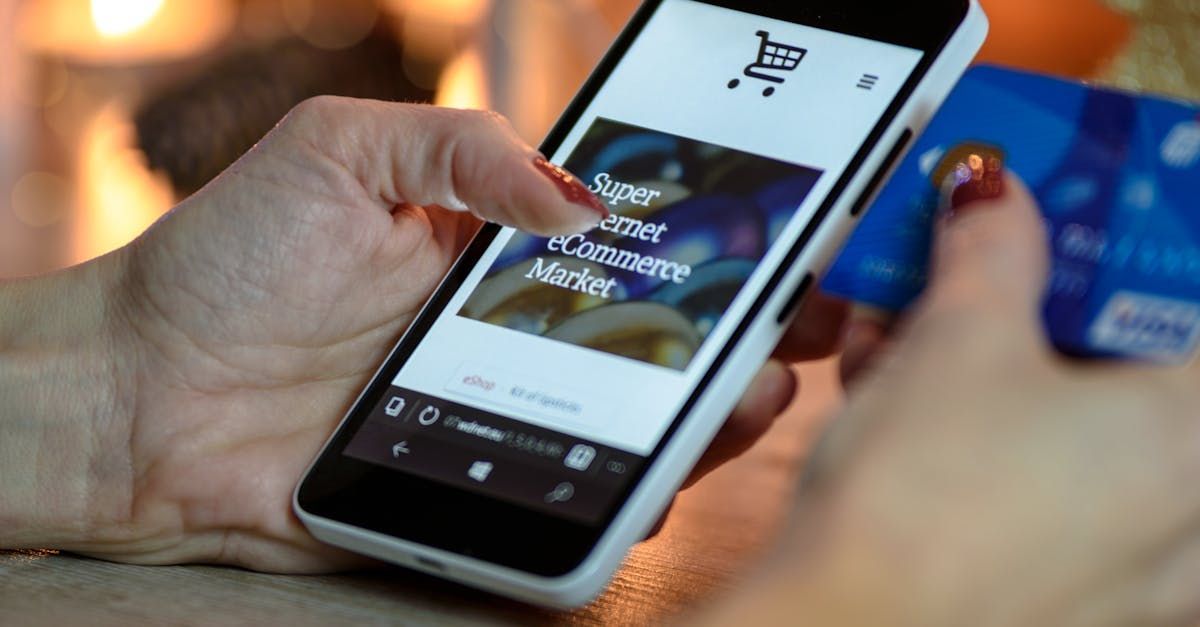Follow Us
10 Street Name, City Name
Country, Zip Code
555-555-5555
myemail@mailservice.com
How to Leverage Local SEO to Boost Your Business Visibility
In an increasingly competitive digital landscape, leveraging local SEO can be a game-changer for businesses looking to enhance their visibility and attract more local customers. Local SEO focuses on optimizing your online presence to draw more business from relevant local searches. This guide will walk you through the importance of local SEO, strategies to improve your local search rankings, and tips to maintain a strong local presence.
Why Local SEO is Important
- Increased Visibility: Local SEO helps your business appear in local search results, making it easier for potential customers in your area to find you.
- Targeted Traffic: By optimizing for local searches, you attract more relevant traffic that is likely to convert into customers.
- Trust and Credibility: High local search rankings build trust and credibility with local consumers, who often view top results as more reliable.
Key Strategies for Local SEO
1. Google My Business Optimization:
- Claim and Verify Your Listing: Ensure your business is listed on Google My Business (GMB) and verify your ownership.
- Complete Your Profile: Fill out all relevant information, including business name, address, phone number, hours of operation, and business category.
- Add Photos and Videos: High-quality images and videos can enhance your profile and attract more visitors.
- Encourage Reviews: Positive reviews on GMB can improve your local rankings and build trust with potential customers.
2. Local Keywords:
- Research Local Keywords: Use tools like Google Keyword Planner and Moz to find keywords specific to your location and industry.
- Optimize Content: Incorporate local keywords into your website content, meta descriptions, headers, and URLs.
- Create Location-Specific Pages: If your business operates in multiple locations, create dedicated pages for each location with unique, relevant content.
3. Online Reviews:
- Encourage Customer Reviews: Ask satisfied customers to leave reviews on Google, Yelp, and other review platforms.
- Respond to Reviews: Engage with reviewers by responding to both positive and negative feedback, demonstrating your commitment to customer satisfaction.
- Local Link Building:
- Partner with Local Businesses: Collaborate with other local businesses to gain backlinks from their websites.
- Local Directories: Ensure your business is listed in local directories and online business listings like Yelp, Yellow Pages, and TripAdvisor.
- Local Sponsorships and Events: Sponsor local events or participate in community activities to earn backlinks and boost your local presence.
Successful Local SEO Campaigns
Case Study 1: Local Restaurant Chain A local restaurant chain improved its local SEO by optimizing its Google My Business profile, encouraging customer reviews, and creating location-specific pages for each restaurant. As a result, the chain saw a 40% increase in online reservations and a significant boost in foot traffic.
Case Study 2: Home Services Provider A home services provider focused on local link building and optimizing for local keywords. By partnering with local real estate agencies and getting listed in local directories, the provider increased its local search visibility, leading to a 30% increase in service inquiries.
Maintaining Local SEO Rankings
1. Regularly Update Your GMB Profile:
- Keep your business information up-to-date, including hours of operation, contact details, and any changes to your services.
2. Consistent NAP (Name, Address, Phone):
- Ensure your business’s name, address, and phone number are consistent across all online platforms and directories.
3. Monitor and Respond to Reviews:
- Stay engaged with your customers by monitoring and responding to reviews regularly. Address any issues promptly and thank customers for positive feedback.
4. Track Local SEO Performance:
- Use tools like Google Analytics and Google Search Console to monitor your local SEO performance. Track metrics such as local search rankings, website traffic, and conversion rates to identify areas for improvement.
Conclusion
Leveraging local SEO can significantly enhance your business’s visibility and attract more local customers. By optimizing your Google My Business profile, focusing on local keywords, encouraging online reviews, and building local links, you can improve your local search rankings and build a strong online presence in your community. Stay proactive in maintaining your local SEO efforts to ensure sustained growth and success.


Ready to get found online?
Webtiquo, a trading style of CDIT Consulting Limited
